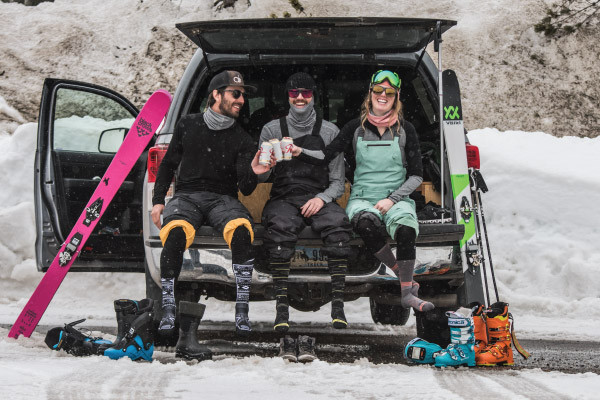How to Dress for Skiing and Snowboarding
Posted by Dan Goodman on 3rd Jan 2020
It’s December, you just moved to Utah, Colorado, or some other snowy place for your new job, and for some reason, you agree to join for the company ski day despite having never skied in your life. Your next move is to run into your office and start Googling everything you can find about skiing. You have questions like, “Is skiing or snowboarding easier?” and “What should I wear to go skiing?”, only to end up with more questions than you started with. You’re confused when you read about sky-high lift ticket prices and 10k jackets, and you’re starting to wonder if you made a mistake that will cost you not only your social status in the office but might bankrupt you as well. Fortunately, you found your way to this article. Take a deep breath and dive in, we’ll explain everything.
Layering Basics
When you’re spending an entire day outside in below-freezing temperatures, you’ll be relying on a lot more than a single fleece jacket to keep you warm. In the case of skiing and snowboarding the layering process looks something like this:
- Baselayer
- Midlayer: Fleece or Puffy
- Outer shell
This goes for both tops and bottoms, and when paired with the right gloves, a helmet, and other accessories, it is a surefire way to stay toasty both on the lift and on your way back down the mountain. Keep in mind that layering is subjective and you won’t need every layer, every time you go out, but it is important to know the role each has to play so you can make an informed decision.
Baselayers
Also known as wool long underwear, long johns, or thermal underwear, baselayers are the first layer of warmth in your kit and help wick sweat when you’re working hard. The best baselayers are soft next-to-skin and made of a breathable material like merino wool or polyester. Baselayers also come in three options of lightweight, midweight, and heavyweight, which are warm, warmer, and warmest, respectively. When deciding which weight is right for you, think about whether you tend to run hot or cold and choose accordingly.
The other decision that you’ll be faced with is whether to opt for synthetic or natural fibers for your baselayer material. Most synthetic baselayers are made from polyester, but you’ll also see nylon or blends of fabrics, which offer superior moisture-wicking properties and durability. Conversely, natural fiber baselayers tend to be made from merino wool, bamboo, or silk. Merino wool wicks moisture well and is moderately durable on its own, but where it truly excels is in temperature regulation, both hot and cold, as well as being naturally anti-bacterial, which helps keep odor at bay. Finally, the biggest selling point for silk baselayers is the softness next-to-skin, for all other baselayer properties, silks tend to fall short of the mark compared to synthetic fibers and merino wool.
 |

|

|

|
Midlayers
Once you’ve got your baselayer set-up dialed in, you’ll want to find a solid midlayer, so your baselayers don’t get lonely. Midlayers are mainly made of fleece but can also be insulated puffy jackets that function as something to wear over your baselayer on your way up the canyon or at the bar swapping ski stories at the end of the day. Midlayers tend to only come in tops and can be worn under your shell on days when the temperature drops.

|

|

|

|
Insulated Puffy Layers
On the chilliest of days, you’ll want to throw on an insulating puffy, which has the express purpose of adding warmth to your layering system. These are heavily insulated jackets with a durable face fabric, typically with a durable water-repellent (DWR) coating, and are stuffed to the seams with feathers or fibers that trap air and keep it close to your body, providing insulation. The two most popular insulating types are down and synthetic, with some companies branching out into wool insulation as well.
Synthetic insulation - Offers a lower warmth-to-weight ratio than down insulation, but has the benefit of continuing to insulate when wet. Opt for synthetic if your priorities are lower price point and if you live in a particularly rainy environment such as Oregon or Washington.
Down insulation - This is still the gold standard in the insulation world for anyone who wants a lightweight piece that will provide plenty of warmth. Down is highly compressible as well, making it ideal for backcountry travelers, but it tends to be pricier and loses all of its insulation value when wet.
Wool insulation - With the wool revolution, some companies such as Ortovox and Smartwool have started using it as an insulator thanks to its inherent ability to regulate temperature, to continue to insulate even when wet, and to provide a high warmth-to-weight ratio. Similar to synthetic insulation, wool isn’t as efficient as down, nor is it as compressible, but this type of insulation is a good alternative option for those looking for a more environmentally friendly insulator.
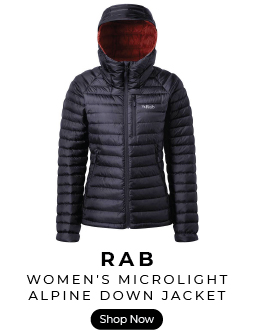
|

|
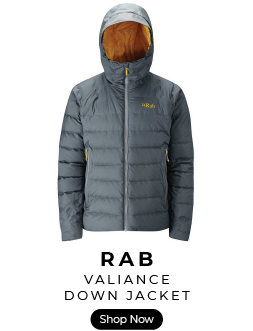
|
Softshells
Softshell jackets and pants are generally fleece-lined layers with a (DWR) treated face fabric, but they can also include lightweight insulation as well. There are plenty of reasons to love softshells as they are one of the most versatile pieces you’ll own for skiing and snowboarding. They can act as an insulating layer or even midlayer when you’re hitting the slopes in the dead of winter, they can be your outer shell on warmer days, and they’re easy to wear to the bar for a post-pow-day drink without looking like you didn’t bother to change after a day on the snow. Tack on the built-in stretch and high breathability offered by most softshells, and you have a piece that should find its way into your ski season.
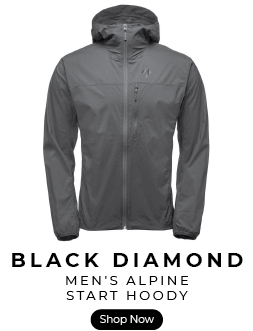
|
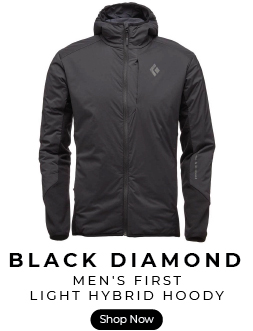
|

|
Hardshells
Commonly referred to as shell jackets, waterproof breathable shells, or simply hardshells, these are the outermost layers that provide a buffer between you and the elements. Generally, what you’ll look at in a hardshell is the waterproof rating, breathability rating, and whether or not the shell has built-in insulation.
For starters, when you hear someone say a jacket is 10k/10k, what they’re referring to is the waterproof and breathability ratings of the jacket, respectively. The waterproof rating, measured in millimeters (mm), tells you how much moisture a type of fabric can withstand before soaking through, with higher numbers meaning a higher level of waterproofing. Similarly, breathability ratings, rated in grams per square meter (g/m2), give you an idea of how much water vapor can pass through a fabric over a certain amount of time or, in plain terms, how well the jacket will be able to wick away sweat before soaking your layers from the inside.
You’ll see numbers for waterproof and breathability ratings range anywhere from 5,000 to 40,000, with Gore-Tex products simply claiming to be guaranteed waterproof and breathable.
Here’s a translation of waterproof ratings to give you an idea of where to start.

Features to Look For - Hardshells
Breathability ratings are slightly less well defined and should be understood on a general scale with ratings of 10,000 g/m2 - 20,000 g/m2 being the acceptable standard for most ski and snowboard shells.
Jackets
Venting - More and more ski jackets are offering an air conditioning option in the form of zippered vents, typically under the arms, to cool you off when you’re trucking up the skin track or charging fast laps on sunny days. When deciding whether or not vents are important to you, think about how warm you typically are while skiing and how often you find yourself earning your turns.
Pockets - Who doesn’t want more pockets? More pockets = more snacks, which makes for a better day skiing. Some jackets come with specialized pockets like ski pass pockets in the arm and goggle pockets with soft interior fabrics, so you don’t scratch your lenses when you stop by the lodge for lunch.
Helmet-Compatible Hood - These hoods are oversized to accommodate a helmet underneath but often include a way of cinching down the material for times when you aren’t wearing one.
Powder Skirt - Great for keeping snow from sending a chill down your back, powder skirts can help keep out pesky pow shots by wrapping around your waist on the inside of your jacket.
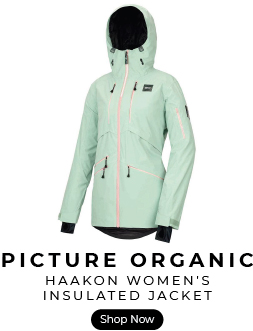
|
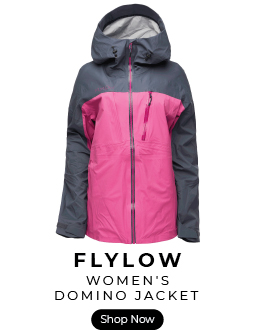
|
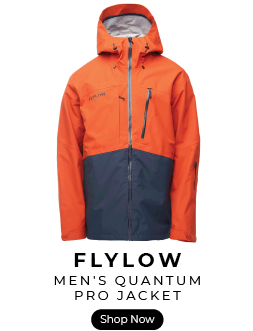
|

|
Pants
Venting - Similar to ventilation options in jackets, zippered vents in pants can help you dump excess heat when you’re working hard. Most pant vents are on the outer or inner thigh of the pant legs.
Gaiters - If you’re buying snowboard or ski pants and they don’t come with a built-in gaiter, it’s worth reassessing your purchase. Gaiters are a waterproof material attached to the inside leg of your pants that sits on the top of your ski/snowboard boots to seal out snow.
Pockets - Make sure you have enough pockets with a secure closure mechanism to keep your essentials out of the snow when you take a tumble. Many pants are now being made with beacon specific pocket that includes an avalanche beacon leash for those of us who like to play out of bounds.
Bib - The bib is a pant type that has made a full comeback recently, with plenty of options to choose from including hardshell pants with a softshell bib, women’s ski bibs that come up to mid-chest height, and full bib pants. Bibs can be useful for skiers who live in areas that receive a lot of snow every year and want to keep any and all excess snow out. Bibs also give you an automatic five extra style points on the mountain.
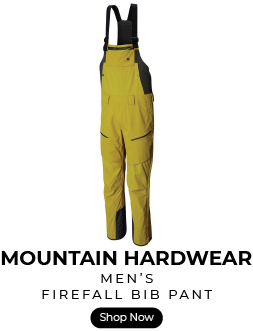
|
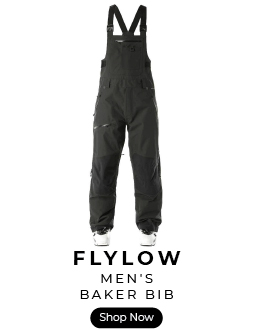
|
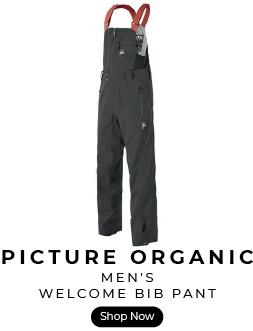
|

|
Gloves
It may seem like gloves would be one of the most straightforward pieces of gear you’ll need for a day on the snow, but there’s quite a bit to unpack, particularly when it comes to the style of glove you’ll want.
Mittens
If you have unusually cold hands, mittens are the thing for you. Since mittens allow all of your fingers to stay in contact with each other, they take advantage of the body heat you’re already producing to provide maximum warmth. The downside is that they also make everything related to dexterity more difficult to achieve like zipping up jackets, buckling in, or changing your music.

|

|

|
3-Finger
3-finger gloves give you the added warmth of the mitten style, at least for your pinky, ring, and middle fingers, while still offering some dexterity thanks to an unhindered index finger. These are a great option for anyone who wants a bit of added warmth, but still wants to be able to access their snacks on the ski lift without taking their gloves off.

|

|

|
5-Finger
Traditional style gloves are perfect for sunny days, and anyone who runs naturally warm. With full dexterity, these will give you the best grip on your ski poles and let you mess around with your phone without fear of accidentally dropping it into a snowdrift. As a side note, if you like gloves and have cold hands, you can buy gloves with more insulation in them, but it will cut down on overall dexterity.

|

|

|
Features to Look For - Gloves and Mittens
Zippered Pockets - Some gloves come with a pocket on the back of the hand that most people use to store a hand warmer for extra warmth on cold days, but they can also hold a car key or other small valuables.
Removable Liners - These can be handy for skiers who live in wet climates and need to dry out their gloves after every day on the snow. Removable liners also give you the chance to wear just the shell when things heat up in the spring, and you don’t want to deal with sweaty hands all day.
Touchscreen Compatibility - A must for anyone who has ever lost a glove because they took it off on the lift to answer a phone call, some gloves come with fabrics on the fingertips that work well with most touchscreens, so you can play candy crush without freezing your fingers off.
Helmets
You are wearing a helmet right? If not, check out our post Choosing the Right Ski or Snowboard Helmet, you’ll thank us later.
The long and the short of it is, a ski or snowboard helmet is a cheap investment that will protect your most valuable asset, your head. Join us in the 21st century and get one, preferably one with MIPS.
Features to Look For - Helmets
Adjustable Venting - All ski and snowboard helmets come with ventilation, but without adjustable vents, you might find that your head feels 15 degrees colder than your body at the end of a storm day. Adjustable vents give you the ability to open or close those vents as you see fit.
Adjustable Fit - There are several different methods of adjusting the fit of a helmet including foam inserts, ratchet adjustment systems, and dial fit systems. By far the easiest to use are dial fit systems that change the diameter of an internal headband with the simple twist of a dial, but they do tend to cost more than helmets with other adjustment systems.
Removable Ear Pads - As with many things in skiing and snowboarding, ear pads are great until the sun comes out. Removable ear pads give you the chance to drop some heat and some weight while wearing your usual head protection.
MIPS - MIPS has become the industry standard for helmet safety and can help reduce the risk of traumatic brain injuries from forces due to angled impacts during a crash. It’s worth every penny and is being incorporated into most snow helmet lines.
Audio Compatibility - Take your tunes to go thanks to audio compatible helmet designs that let you stash slim speakers, like the Sweet Protection Wireless Audio Chips, in your earpads. This means less ear pain from stuffing earbuds underneath your helmet padding, and more time spent jamming out on your way down the mountain.
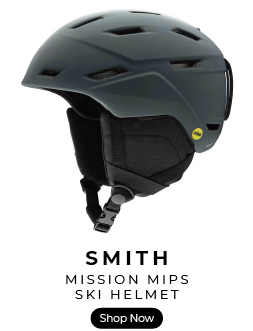
|

|

|

|
Goggles
Technology in the world of ski and snowboard goggles moves faster than anyone can pay attention to, but as a rule of thumb, the lenses are the most important aspect. Other features are nice, but if the lenses are low quality they will scratch easily and won’t offer the UV protection or glare reduction that you need. It’s also important to check the lenses that you are buying to see what ski conditions they are optimized for. This is often represented in a visible light transmission (VLT) value where a high VLT value allows more light to pass through the lens, making them good for cloudy, low-light days and vice versa for lenses with low VLT values.
Features to Look For - Goggles
Peripheral Vision - Goggles offering a large field of view are always a plus as blind spots are considered suboptimal on the slopes.
Antifogging Coatings or Vents - Nothing ruins a ski day faster than having your goggles fog up and then freeze over, making it impossible to see anything until you spend half the day thawing them in the lodge.
Bonus Lens - Some goggles come with a bonus lens, typically a lens for low-light days while skiing, so you can have options when you encounter different conditions.
 |

|

|

|
|
Ski Socks
After a full day of skiing in your ankle socks, you’ll realize why there are socks built specifically for skiing and snowboarding. These are typically long socks that fall below the knee, they tend to come with plush shin padding, breathable fabrics where you need them, and extra cushion in the toe box so that your brand new ski boots don’t completely destroy your toes on the first day of the season.

|

|

|

|
Neck Gaiter
Ever taken a turn on a pow day and caught a mouthful of snow, causing you to choke and tumble down the rest of the run? That’s what a neck gaiter is for. With plenty of options from thin ones that slip easily in a pocket or skiing backpack to thicker designs that add extra warmth on frozen mornings, a neck gaiter might be the best thing for skiing since lifts first started spinning.
Shop All Neck Gaiters and Balaclavas
There you have it, everything you need to know about ski and snowboard apparel so you can hit the slopes looking like a pro, even if you don’t ski like one. So go on, grab some gear and get some fresh tracks, before they’re all gone.
About Campman
Campman is an outdoor retail store located in Salt Lake City, Utah that specializes in gear and equipment for camping, skiing, backpacking, climbing, and everything in between. We understand that the difference between a bad memory and the adventure of a lifetime can come down to the gear you take with you when you head outdoors, and we want our customers to have the best experiences possible. When it comes to getting outside, we get it, and we’ll get you the gear you need to get there.
Questions? Feel free to contact us by phone at (801) 999-8117 or by email at sales@campman.com.
Share on:

